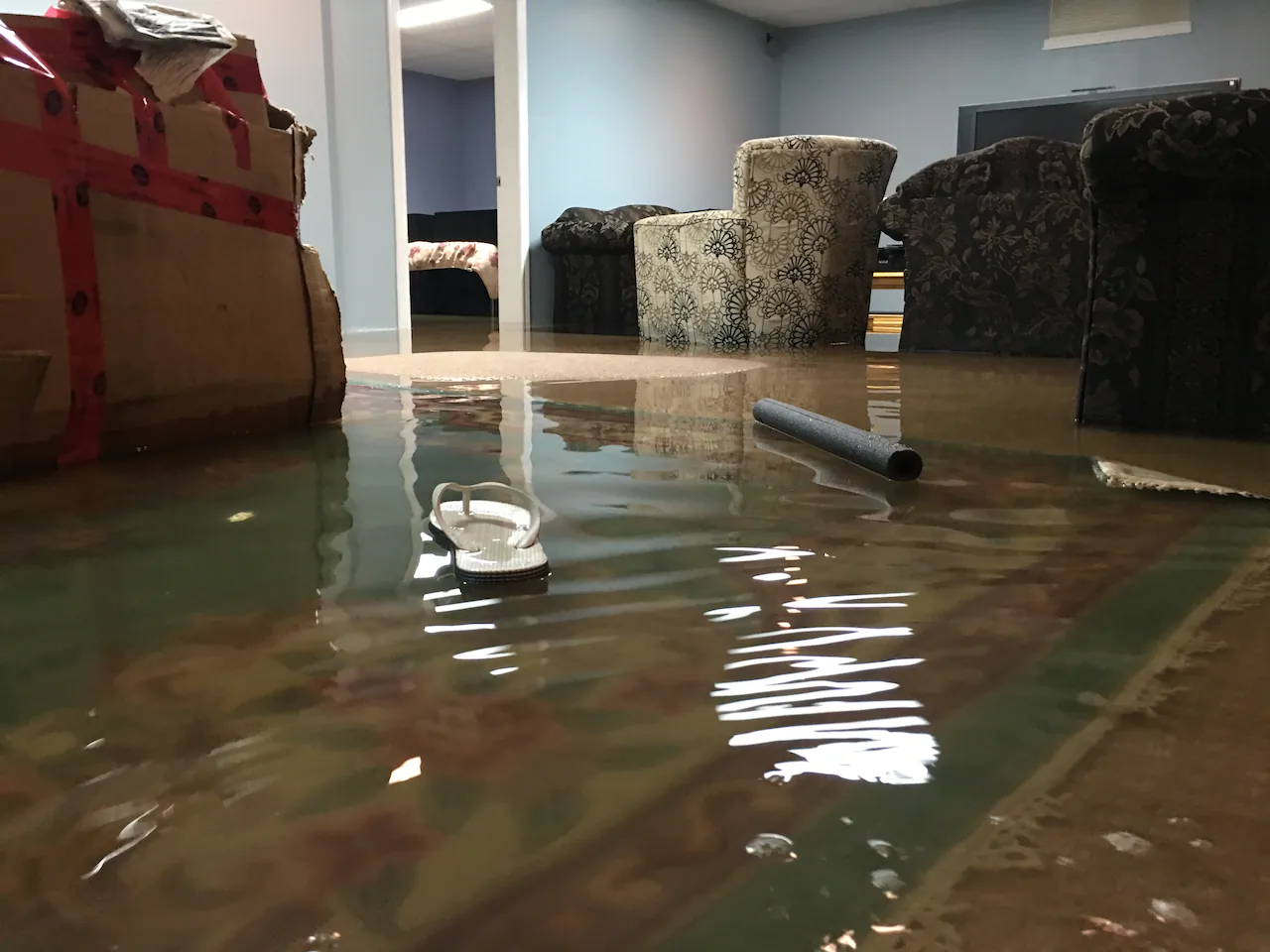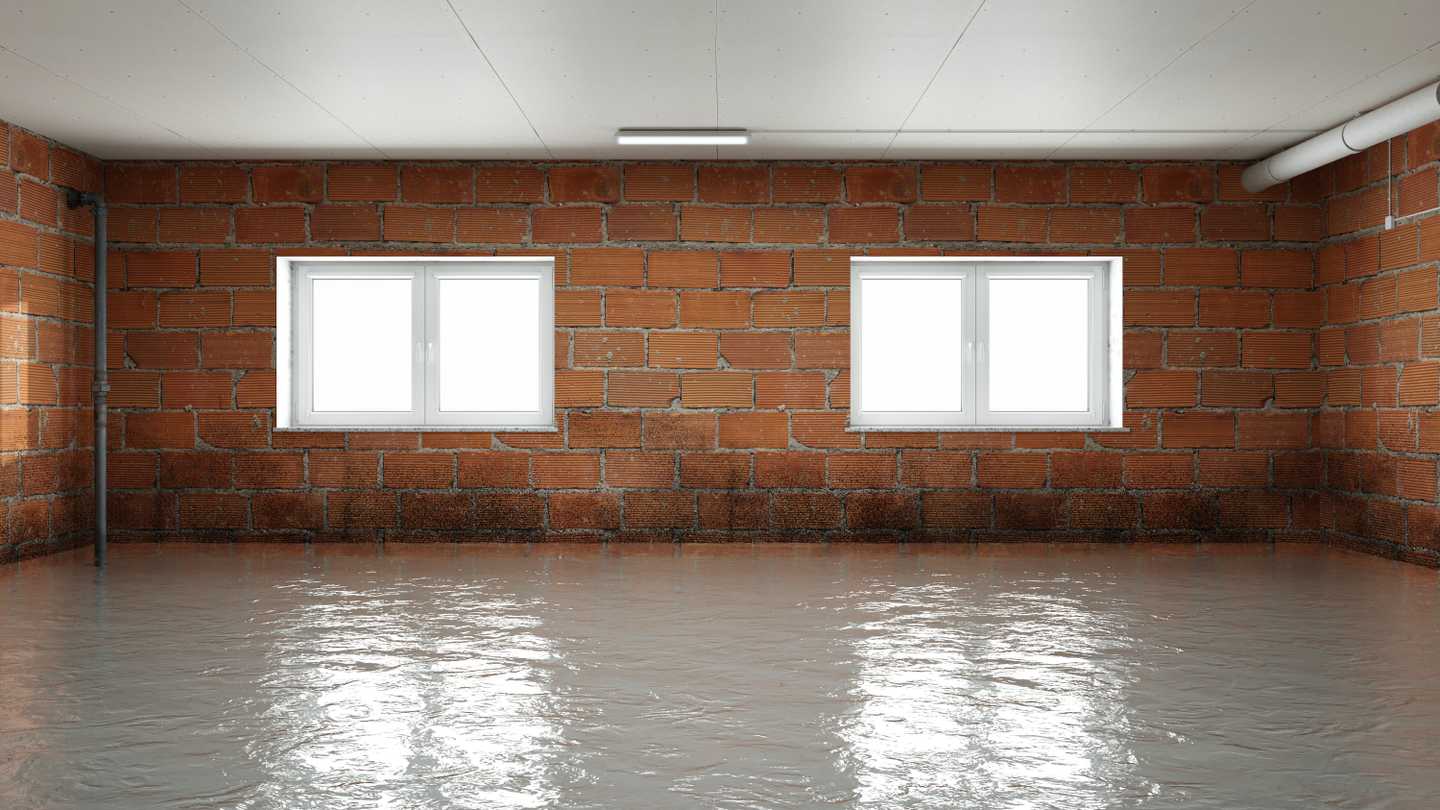A flooded basement is a stressful situation. It can be terrifying, especially if you are unfamiliar with the damage that may have occurred or what needs to happen in order to save your home from further damage.
If you find yourself in this position, do not panic. You will probably have time to recover before serious damage occurs. However, it is important to act fast and start cleaning up the water as soon as possible. The longer the water remains in your house, the greater the chance of mold growth, structural damage, and other negative consequences.
The following tips will help you clean up the water quickly and get your home back in shape more quickly.
- Get rid of any standing water immediately by using a garden hose. Run the hose under running water at first until all the excess water flows out. Be sure to keep the hose away from electric wires and plumbing.
- Use a broom to sift through the debris on the floor, which includes anything that could cause the water to leak into the area. Remove anything that might cause damage to your foundation, like toys, furniture, books, appliances, etc. Do not use the broom to remove heavy objects unless they are necessary for safety reasons; otherwise, it may cause them to fall over onto the floor and cause more damage.
- Turn off the power to prevent electrocution. This may require someone else to turn off the power for safety reasons. If you are unsure who should do this, contact an electrician for assistance.
- Remove the carpeting and take it outside to dry. Replace it when the water has dried completely.
- Check the exterior walls for cracks. Make note of any cracks that are larger than 1/8 inch (0.32 cm) so you know where to focus your efforts.

- Check the ceiling and roof for signs of leaks. Take note of any areas that show evidence of leaking. If there isn’t any evidence of leaks, make note of any holes that appear to have been caused by water.
- Check the windows and doors for signs of moisture.
- Inspect the attic for signs of water damage. If there was no sign of water leakage, check the insulation and the rafters for damage.
- Check the crawl space for signs of water damage. If there wasn’t any evidence of leaks in the window or door frames, the crawl space might still need attention.
- Check the electrical outlets for water damage.
- Look for signs of gas leaks or carbon monoxide poisoning.
- Make notes about the amount of water used and how much came out of each appliance. Keep track of the location of each appliance and whether they were turned on or off.
- Clean up the debris from the floor, including cleaning all carpets and rugs. Also vacuum the entire area thoroughly.
- Make note of any damages that occur after removing the water. This includes broken glass, damaged furniture, holes in walls, and other items that were submerged during the flood.
- Call a professional service to help you with a full assessment and cleanup.
- Take pictures of everything involved in the process, both before and after.
- Start organizing paperwork such as insurance policies and receipts.
- Organize all the paperwork you collected so you can keep a complete record of everything you did to address the issue.
- Contact a reputable company that specializes in flood damage restoration to assess the extent of the damage done. They can also provide information to help you determine the best course of action regarding repairs.
- Make payment arrangements with the company to cover the costs associated with the repair work.
- Once the work has been completed, notify the contractor to come back and finish the job.
- After the job is finished, take some time to reflect and figure out how you plan to proceed.
- Consider hiring a professional service to conduct a full inspection of your property to identify any potential hazards that might affect your ability to live there safely in the future.

- Take extra precautions to protect against future flooding. Install a backup generator, fix any weak points in the foundation, and install any additional security measures you feel necessary.
- Remember to stay calm throughout the process and don’t allow your emotions to cloud your judgment.
These are the some common tips that will; help the person in taking the place in the good condition. The main motive of the people is to get the place cleaned on time and in proper manner. In the long run the chances of the attack of the virus will reduce. They can make good results. This will prevent prevent basement flooding during heavy rain.
Once your house has been repaired, it’s time to move on with your life. Hopefully, you won’t ever have to deal with another flood again. But if you do, remember these tips and you’ll be well prepared to handle the situation.
If you’re looking for expert advice on flood damage prevention, call a professional service right now.




